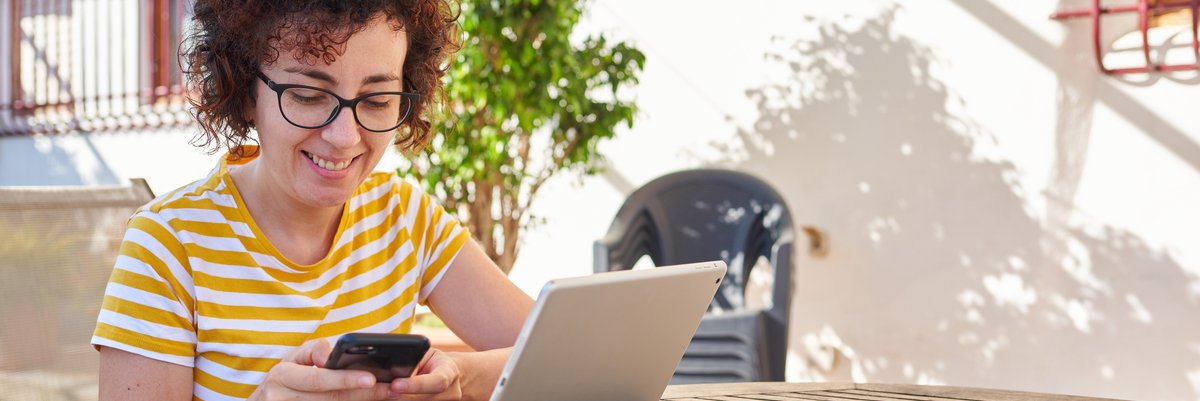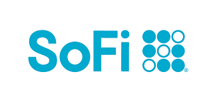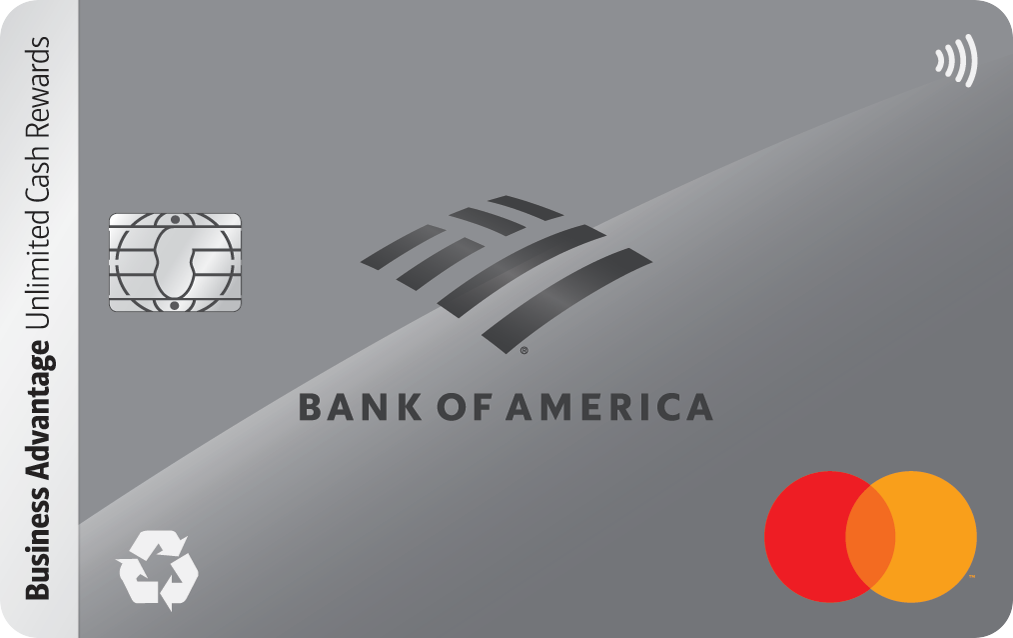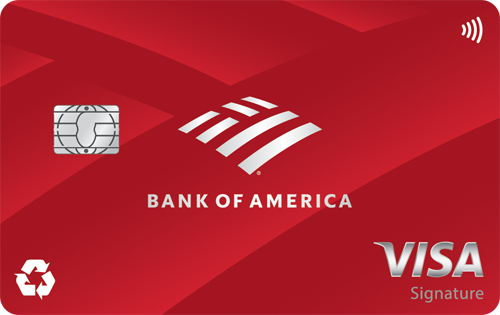How Many Bank Accounts Do You Really Need?

Image source: Getty Images
Here's a shocking stat: 82% of Americans don't use a high-yield savings account (HYSA). As someone who writes about banks for a living, I can tell you an HYSA is easily one of the most powerful tools out there.
You don't need 20 different accounts to stay organized. Here's an easy setup that helps your cash grow without extra hassle.
A checking account for everyday life
Think of your checking account like Grand Central Station. Paychecks arrive here, bills get pulled out, and transfers head off to savings or credit cards.
Almost every dollar you earn will pass through this account at some point.
If you only had one account, this would be it. But checking accounts are not meant for saving up or storing money. Too much money stored here means you'll miss out on bigger benefits.
A high-yield savings account for goals
Big banks often pay just 0.01% APY on basic savings accounts. That means $10,000 stored there would earn you about $1 interest in a whole year.
Online banks flip that around. Today, many high-yield savings accounts pay around 3.80% APY. That same $10,000 could earn you $380 instead.
That's why HYSAs are so powerful. You can literally earn over 300x more interest just for keeping cash in a different account type.
An HYSA is the perfect for spot for:
- Emergency funds
- Travel savings
- Home down payments
- Any medium-term goal that matters to you (think events you're saving up for within the next one to five years)
If you don't have an HYSA currently, a popular option right now is SoFi Checking and Savings (Member FDIC). This combo checking and savings account currently offers up to 4.00% annual percentage yield (APY) on savings, and has a generous welcome bonus offer for new clients.
Learn more below to see if it's a good fit for you.
SoFi Checking and Savings
On SoFi's Secure Website.

On SoFi's Secure Website.
- Competitive APY on both Savings and Checking
- No monthly account fee
- Welcome bonus up to $300 (direct deposit required)
- ATM access
- Unlimited number of external transfers (up to daily transaction limits)
- FDIC insured (up to $3M with opt-in to SoFi Insured Deposit Program)
- Early access to direct deposits
- Tools to help you track savings goals
- Combo account only; no stand-alone savings or checking
- Maximum Savings APY requires direct deposit
- No branch access; online only
- Overdraft protection requires monthly direct deposit minimum
For those who plan to set up direct deposit with their new account, we think SoFi Checking and Savings (Member FDIC) is hard to beat. Not only does this savings account offer a strong APY, but the linked checking account earns an above-average rate, too -- which is a rare perk. Plus, new customers earn a bonus of up to $300 with eligible direct deposit. Frankly, it's the kind of combo that could make it worthwhile to switch banking relationships.
A second savings (or checking) account for organization
Here's a trick I recommend often: open a second account purely for separation. The idea is to create a "mental wall" so you don't dip into money that's earmarked for something important.
For example:
- A couple saving for a wedding can keep that money in a separate HYSA bucket.
- Parents saving for kids' activities can open a dedicated HYSA account.
- Freelancers often open a separate checking account just for taxes.
- Spouses or partners might like to keep joint accounts for shared bills.
No matter if you have a spare checking or savings, ideally you want it to have no monthly fees, and no account minimums.
Optional: A money market account or CD for extra cash
If you have a larger balance sitting around, you can go beyond checking and savings.
- Money market accounts give you the best features of both checking and savings accounts. You'll get a high APY similar to the best HYSAs, but easier access to your cash via check-writing and/or a debit card.
- Certificates of deposit (CDs) are basically savings accounts that lock in your rate for a fixed term. This can be helpful if you don't plan to use that money for one to five years. There is a penalty to withdraw funds early, so you only want to deposit money you're certain you won't touch.
These aren't must-haves, but they're worth considering if you want to squeeze out more interest without taking on investment risk. If you're interested, check today's top CD rates.
So how many accounts is enough?
For most people, the magic number is two to three accounts:
- One checking account (daily spending)
- One HYSA (savings goals and cash storage)
- One extra account (optional, for organization or mental separation)
That's it!
You don't need a dozen bank accounts to stay on top of your money. But you do need at least one place for everyday life and another for savings. Beyond that, it's about personal preference and how you like to stay organized.
The right setup can make your money work harder while keeping things simple.
Compare the best high-yield accounts and start saving smarter today.
Our Research Expert



